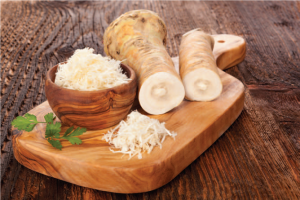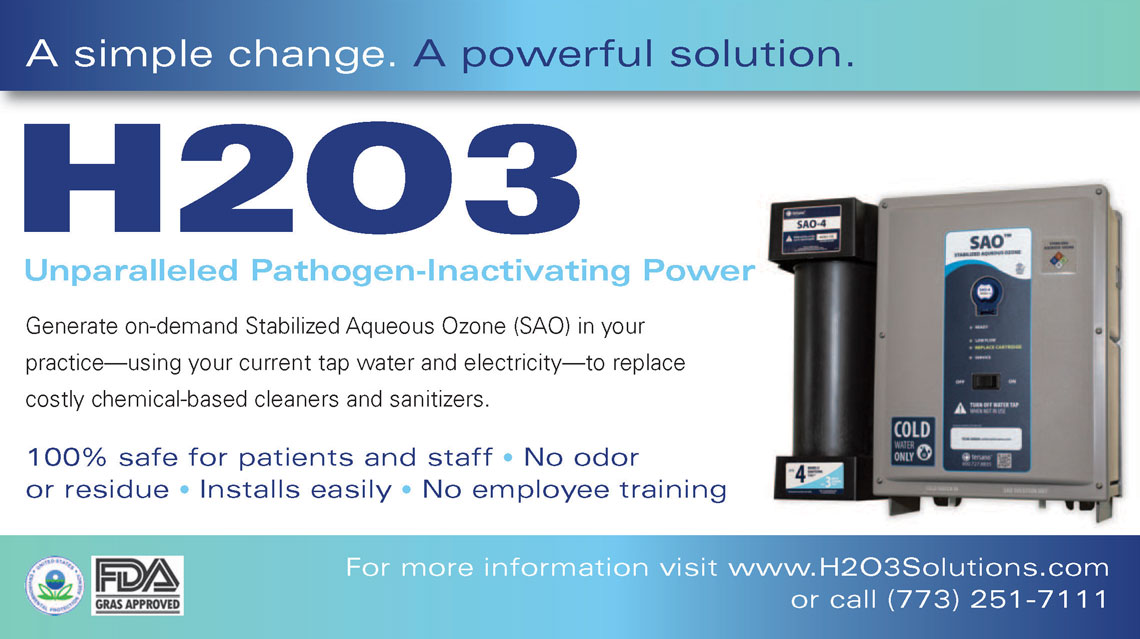10 Questions About Bad Breath
Call it halitosis, call it oral malodor, call it morning breath—call it whatever you want—but bad breath by any name is big business. The mouthwash and breath freshener industry will generate between $6 and $7 billion this year…because no one wants to see the look on someone’s face when we gas them out.
What causes bad breath?
Typically, but not always, halitosis begins in the mouth. Common causes include poor dental hygiene, xerostomia (aka “dry mouth”), certain foods and spices, tobacco use, some medications, and infections from sores, gum disease or oral surgery. Acid reflux, certain diseases (including some cancers) and metabolic disorders can also cause bad breath. Your tongue harbors odor-causing bacteria, too.
Why do I have bad breath after eating garlic?
After digesting certain foods, including garlic and onions, they can enter your bloodstream and find their way into your lungs, which can affect your breath.
What’s the story behind halitosis?
It is as old as human history. Ancient people boiled herbs and spices to create chewable “breath mints” so we know halitosis had been a concern for thousands of years. Indeed, Halitosis is actually Latin for “diseased breath.” The late-1800s saw the manufacture of the first mouthwash, Listerine, which was named in honor of Dr. Joseph Lister, a pioneer in antiseptic surgery. However, it didn’t catch on with the public until the 1920s, when Listerine began claiming it could “Cure Halitosis”—which sounded more like a serious medical condition than bad breath.
How did bad breath become such big business?
“Often a bridesmaid but never a bride.” That was Poor Edna, the “star” of Listerine’s most successful ad campaign. Everything about her was desirable…except her halitosis. Thanks to Edna, by the end of the 1920s, annual sales rose from $100,000 to $4 million—a forty-fold increase. During the 1940s and ’50s, Chlorophyll offered a less medicine-y option and made Clorets one of the world’s top selling breath fresheners. Readers of a certain age may remember the brilliant 1960s marketing campaign behind Scope, the minty mouthwash that went head-to-head with Listerine. The best way to let someone know they had bad breath was to leave a bottle in the mailbox with a note: Once in the morning does it! Signed The Green Phantom. More recently, Tic Tacs became the go-to solution for halitosis.

www.istockphoto.com
Does mouthwash do any good?
That depends…because there are two types of mouthwash: Cosmetic and Therapeutic. Cosmetic products control bad breath and leave a sweet or minty taste in your mouth, but don’t provide any long-term benefit because they don’t kill odor-causing bacteria. Of course, that may be all you need if you just had raw onions on your burger or some fish sauce with your Thai food. Therapeutic rinses—which are sold over the counter and are also prescription products—contain active ingredients that reduce the causes of bad breath.
What are the main foods that cause bad breath?
According to the good folks at Listerine, the “Top 5” foods that cause bad breath are 1) Garlic 2) Onions 3) Dairy 4) Canned Tuna 5) Horseradish. Yes, horseradish. Its strong, eye-watering smell—which is created by the organosulfur compound allyl isothiocyanate—can trigger halitosis. That’s no surprise, considering its purpose in nature is to drive off hungry herbivores.
Wait. Why do dairy products cause bad breath?
Because the bacteria that lives on your tongue actually feeds on the amino acids in milk and cheese, creating an unpleasant odor.
Is bad breath a sign of something more serious?
It can be. Bad breath often accompanies dental infections and acid reflux (aka GERD). A metallic odor or fruity taste are also signs that should trigger concern.

www.istockphoto.com
Can bad breath also be “good” breath? Is that a dumb question?
First of all, that’s two questions. However, there is nothing dumb about it. In the sense that it may provide early clues to major health issues, bad breath can indeed be a “positive.” Studies have been conducted over the last decade that hold great promise in the detection of lung cancer and cardiovascular issues, including heart failure. Don’t be surprised if, one day, “breath tests” replace invasive procedures as a first line of detection.
Which foods naturally fight bad breath?
Gingerol-6, the chemical in ginger, helps break down sulfur compounds, so chewing on ginger or drinking ginger tea (or ale) can help. Cherries can neutralize methyl mercaptan, the gas produced by mouth bacteria that smells like old cabbage. So can lettuce. Cinnamon contains an essential oil with antimicrobial and antiseptic properties, so pop a cinnamon Altoid or chew on a cinnamon stick. The vitamin C in oranges and other citrus fruits can help control bacterial activity in your mouth and neutralize unpleasant odors. Fresh spinach is high in zinc, which prevents the build-up of sulfur compounds.
Bonus Question
How do I know if I have bad breath?
Ask someone you know and trust. Smelling your own breath is a lot like taking your temperature by putting your hand on your forehead. It doesn’t really work.






